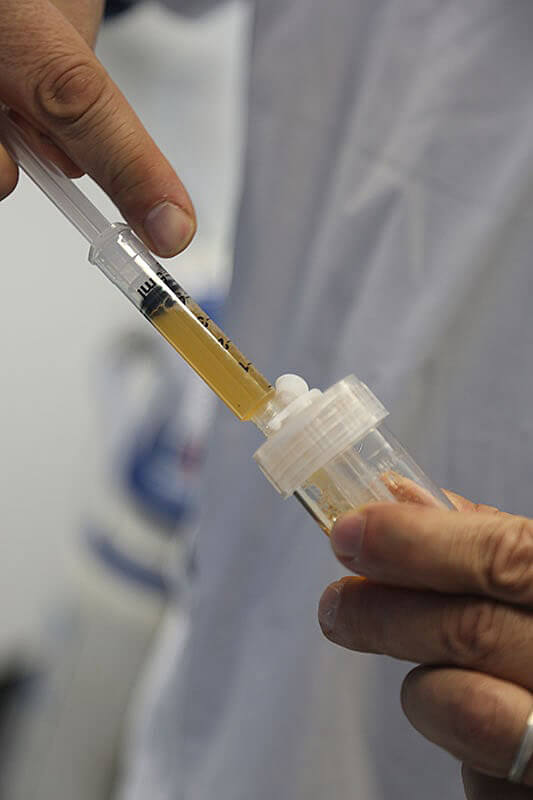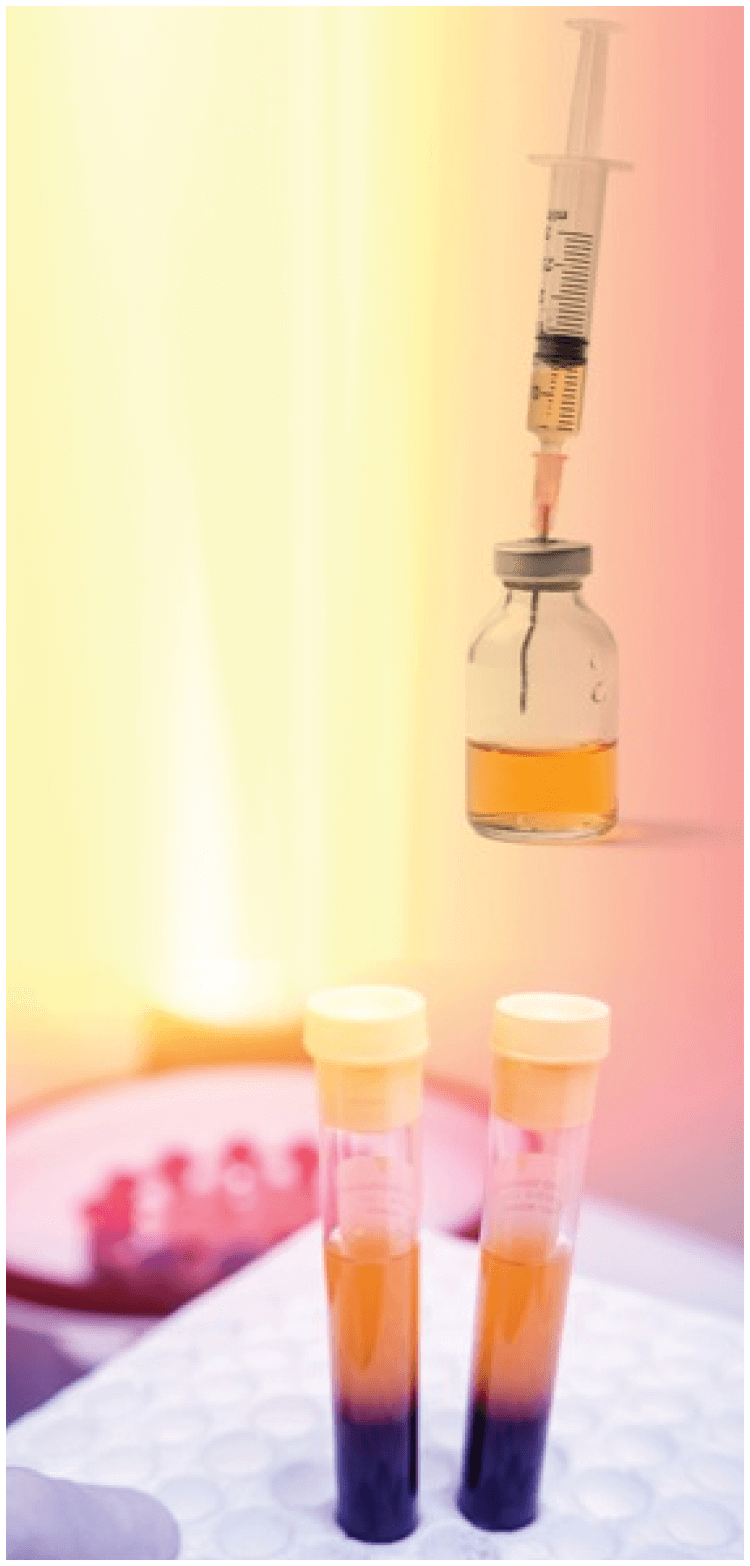Platelet Lysate is concentrated and rich in growth factors, proteins and cytokines that promote tissue repair, reduce inflammation, promote cell growth, and regeneration.
Platelet Lysate can be used in the following conditions:

For all our patients, we do a full assessment of your joint or back pain including a thorough physical examination, review of imaging (Xray/s, preferably MRI are required for your visit) and review your past medical history related to your joint or back problem. We will tailor a treatment for your condition and needs. Based on our assessment and your needs, we may recommend Platelet Lysate for you.

PRP work by releasing these growth factors over about a week in order to orchestrate a repair response. In certain circumstances, we may want something that is faster and more short acting. That’s when we chose Platelet Lysate. It has all the platelet growth factors out of the platelets so they are available immediately.
PRP works really well to treat mild arthritis, small tendon ligament tears, or torn spinal discs. Platelet Lysate works well to treat irritated or pinched spinal nerves, small tendon ligament tears as well as mild arthritis and and damaged peripheral nerves.
Platelet Lysate is produced from PRP. However, Platelet Lysate has an additional step: The platelets in PRP are ruptured or “lysed,” hence the name “Platelet Lysate.” This process releases the growth factors and cytokines contained within the platelets. The remaining solution, which is full of growth factors and cytokines, is then typically filtered to remove any cell debris, resulting in Platelet Lysate. This results in a greater concentration of growth factors, which are immediately available. This additional step also makes PL safe for injection directly into spinal and nerve injuries and conditions, whereas PRP may not be.
The process of producing Platelet Lysate typically involves the following steps:
There are many research studies show that cellular therapy and platelet rich plasma injections may provide excellent relief from joint and musculoskeletal pain and ongoing inflammation.
IMPORTANT! This information is for educational purposes only and is NOT intended to replace the care or advice given by your physician. Boston Applied Biologics is not offering regenerative cell therapy or other regenerative therapies as a cure for any condition, disease, or injury. No statements or implied treatments on this website have been evaluated or approved by the FDA. This website contains no medical advice. All statements and opinions provided by this website are provided for educational and informational purposes only and we do not diagnose or treat via this website or via telephone. We do not claim that any applications, or potential applications, using autologous regenerative cells and other regenerative cells are approved by the FDA, or are even effective. We do not claim that these treatments work for any listed nor unlisted condition, intended or implied. Always seek the advice of your physician or other qualified health provider before starting any new treatment or with any questions you may have regarding a medical condition. For more information see our Medical Disclaimer.
Copyright © 2025 Boston Applied Biologics, LLC. All Rights Reserved.

How Orthobiologic Therapy can relieve your joint, muscle and tendon pain without surgery so that you can get back to enjoying your life*
We are committed to your privacy. Boston Applied Biologics uses the information you provide us to contact you about relevant content, products, and services. By providing us with your information you are consenting to the collection and use of your information in accordance with our Terms of Service and Privacy Policy. You may unsubscribe from these communications at any time.